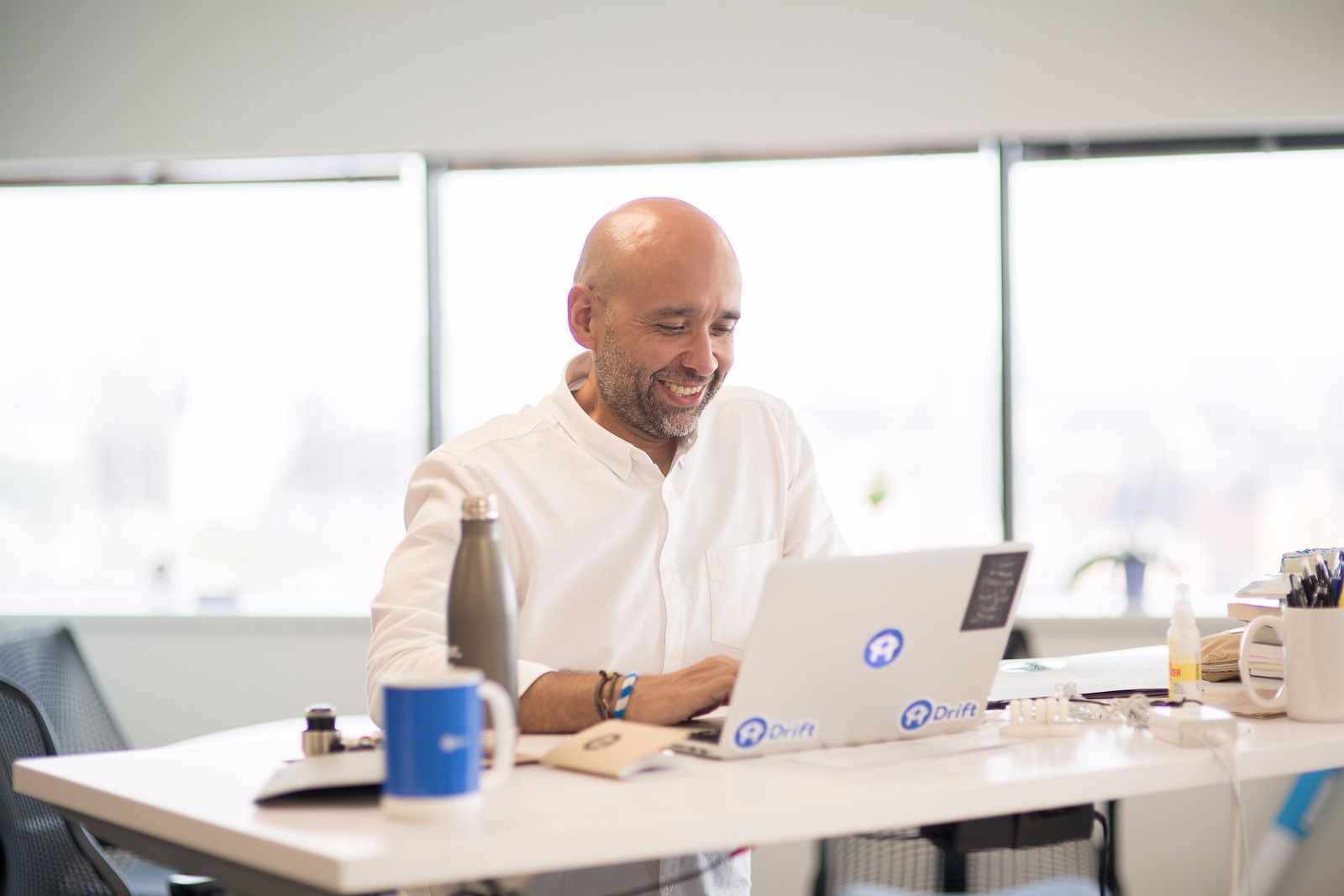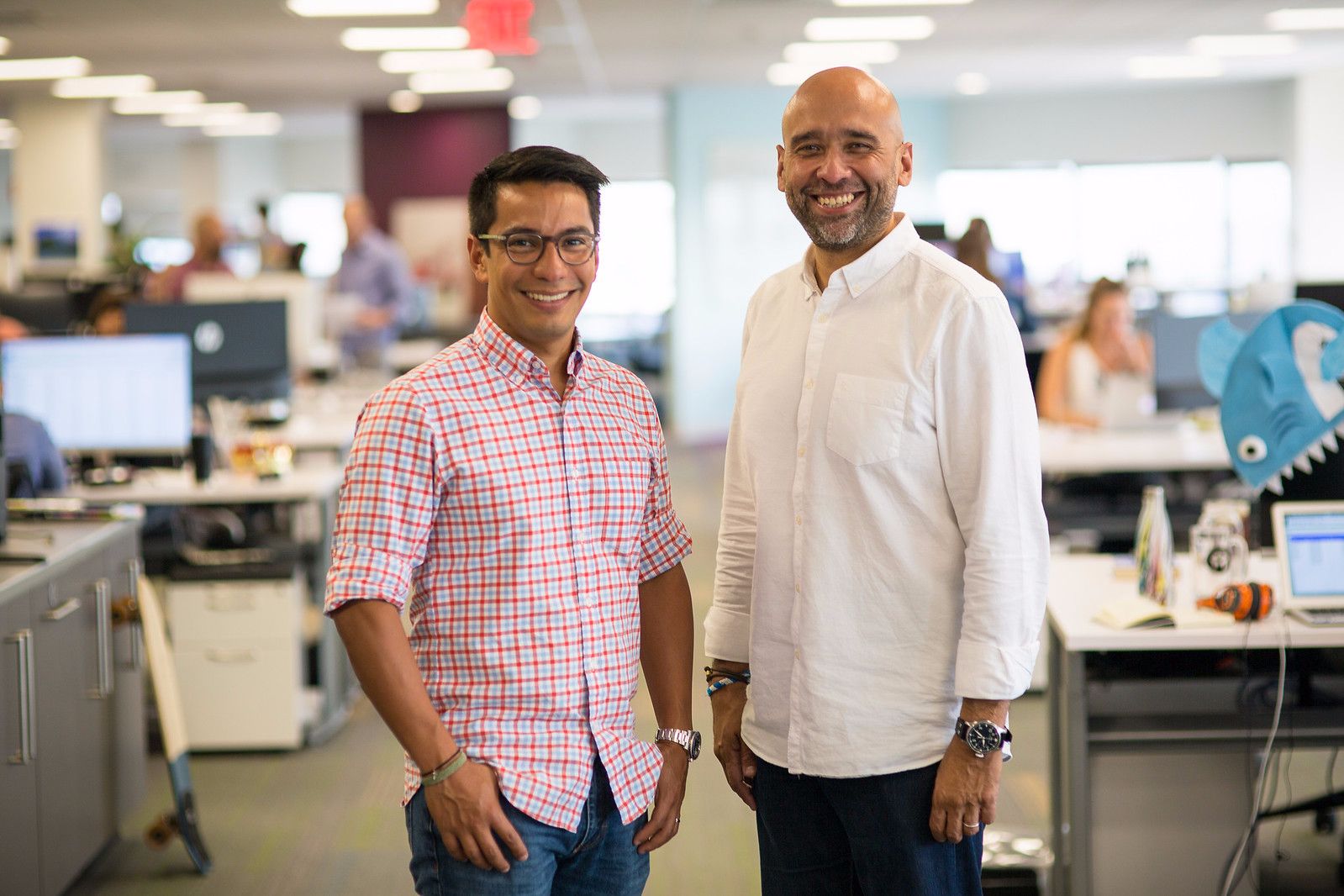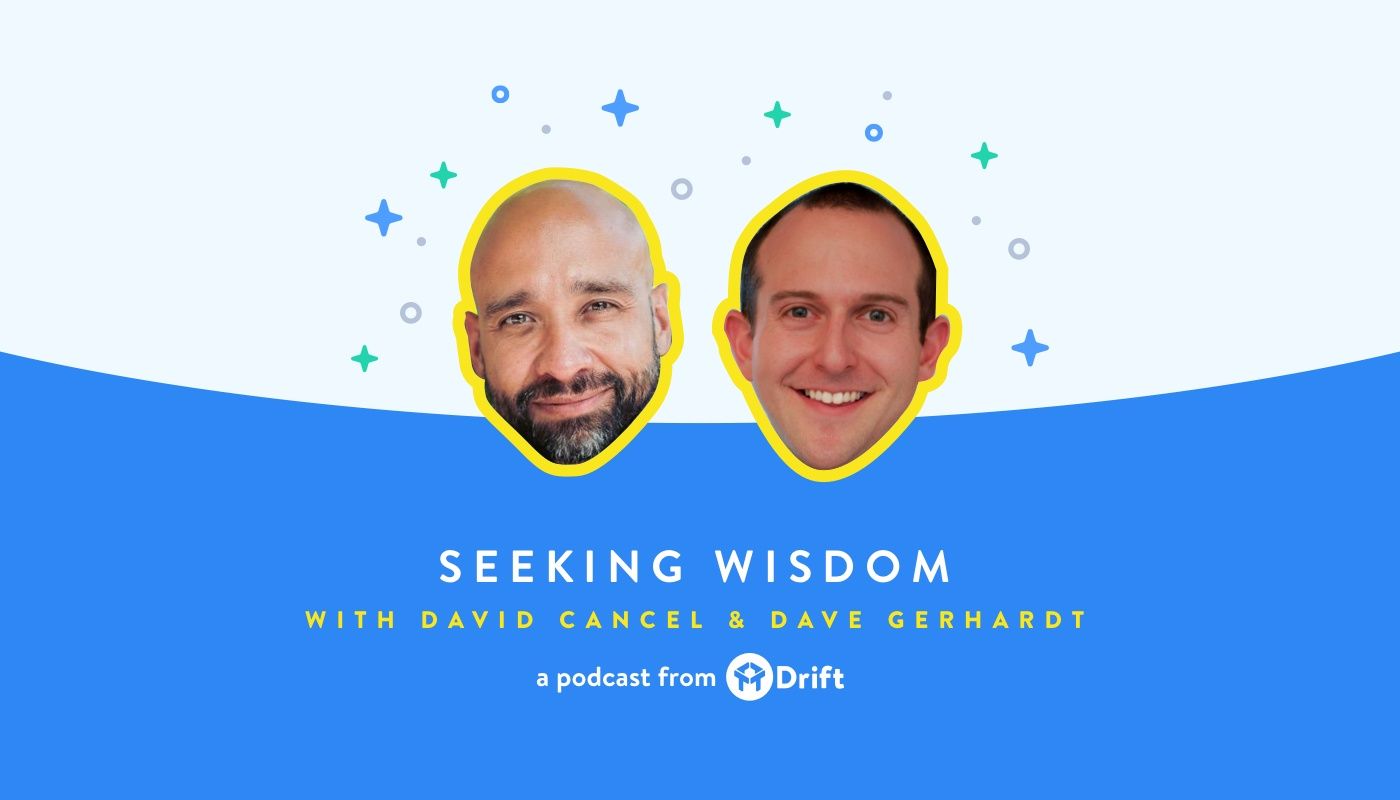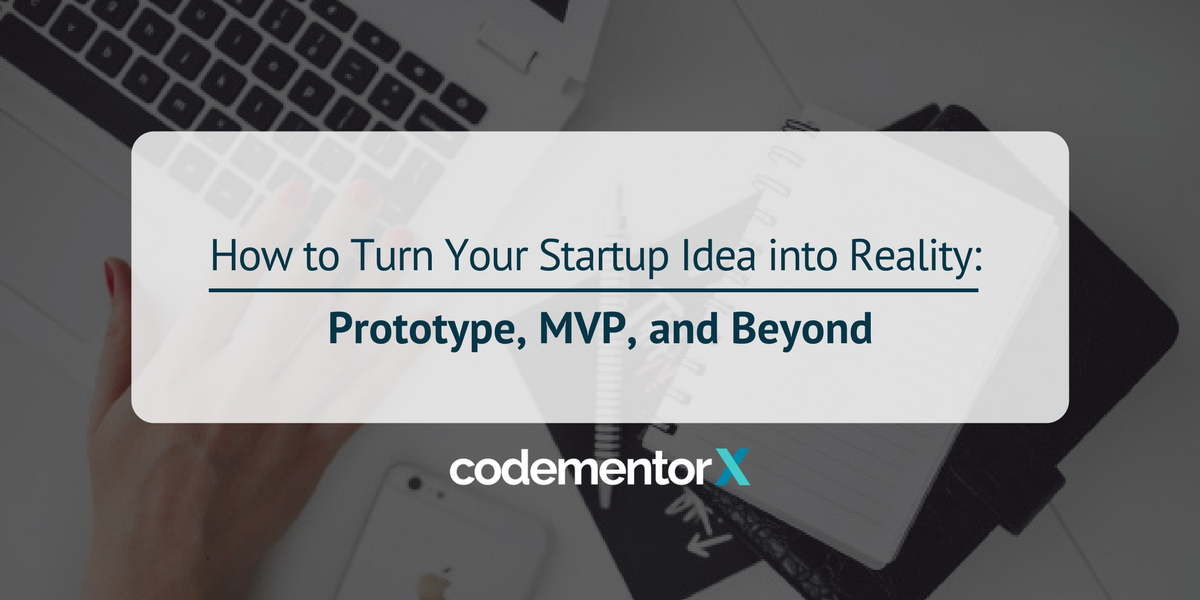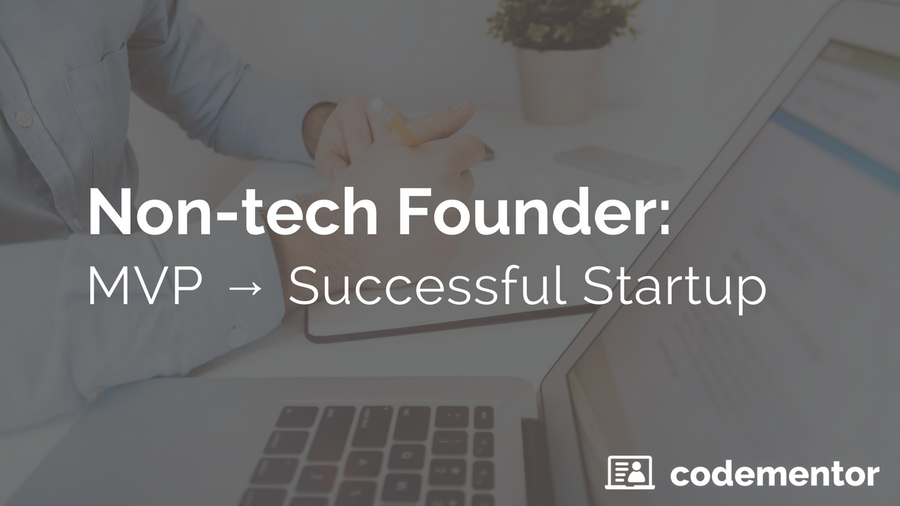David Cancel, the five-time founder and current CEO of Drift surprised us when he said that if you’re building a SaaS company today, you can’t win on features, you have to win on brand.
Gone are the days when you could find a need, fill it, and pretty much guarantee success because you were the only one in the market, he said.
Because SaaS products are so easy to build and deploy today, if a market has serious demand, it will quickly become flooded with products touting similar features. So to win, you need to win on brand. The market leaders will be the ones customers love and trust more, because all of the options will have similar features.
David sat down with us and told us stories about how he started companies in the middle of a market craze because, as he put it, "you don't want to create your own momentum; you want to ideally ride on momentum that already exists." Then, David argued, you win market share by creating a better brand than competitors.
David did just that with Drift: a conversation-driven marketing and sales platform. Founded in 2014 with $15M initial funding, Drift quickly became the premier solution for businesses and customers to communicate. This September, the company raised another $30M in Series B funding and continues to grow.
What follows are the exact strategies David employed in building Drift. He shared his thinking about when and how to jump into a high demand market. He also told us how he built a successful brand around Drift, such as why he chooses to invest in non-conventional marketing strategies where it’s difficult to measure ROI, and how you can do the same — whether you’re looking for a niche to start a company in, or looking to grow in an existing niche.
Note: According to David, innovation isn’t enough to win in today’s competitive space, but it’s still required. If you need help developing the highest quality product possible, CodementorX can help you find top developers from around the world. Click here and we’ll help you find the right developer for your project and budget.
Why it’s Tough to Differentiate Your SaaS Product on Features Today
David’s main argument for why SaaS features are commoditized today rests on how easy it has become to launch a SaaS product.
In the 2000s, all you had to do was be able to build something, because you were the first. You relied on things like patents to protect your new product. "It's pure discovery mode," he said.
For example, this was the era of Salesforce, and there was no other SaaS product like it at the time. "The differentiator was not their brand, not their mark, not their efficiency or their model. The differentiator was just pure technology. They could do something at the time that no one else was doing … They had no competitors or their competitors were offline."
In 2010 or so, it began shifting. SaaS became like car manufacturing and, "everyone’s fighting to build the best factory and the most efficient. Now you're competing with maybe 10, 20, 30 different companies in your category, so you have to be more efficient."
The emphasis was no longer on how to build something, it was on optimizing the model, marketing, and product, "How do we build the right model? Is it inside sales versus freemium versus field sales versus whatever? Do you have BDR’s in that model? How do you make your product as frictionless to onboard as possible?"
Today, you’re possibly competing against a hundred different competitors globally, all thinking "lean", all can deploy quickly, all have access to remote servers, and remote developers as needed.
Hence, it’s very hard to differentiate on features alone – features have become commodities.
So if this is the case, first, how do you decide what market to enter?
David Cancel at work in the Drift office in Boston, MA
Don’t start with your idea, look for a major shift in the world
If you’re not looking for a hole in the market, where do you start? When David is searching for investments, he’s not going off of what ideas he has, he’s looking at where change is happening in the market.
"Forget about the product; forget about your ideas. Think about what's shifting in the world," he said.
Drift came about because David and his co-founder saw a massive change happening around messaging. The technology had been around awhile with companies like AOL, ICQ, and IRC developing solo and group chat products. But then, smartphones became a thing, and messaging technology went from a small-but-growing user base to billions. And with the growth in users came a huge spike in development.
"I actually like when there's a commodities market because that means that there's demand already in the world," he explained. David looks for where demand overlaps with a paradigm shift, like you see around messaging. When this happens, he explained, the market has to get bigger to match the new demand, and solutions built before the paradigm shift are probably out-of-date.
He knew the paradigm shift would impact the B2B sphere, as well. "So how will that affect business? We had no idea … but you can't have a paradigm shift like that happen and it not affect business."
They decided to figure it out.
How Drift Entered the Commoditized Messaging Market and Found its Product-Market Fit
"[The paradigm shift] is not technology driven, it's user-behavior driven, which is what you want." With messaging technology already in place, there were no huge technology breakthroughs. The breakthrough was the fast mass adoption of the technology and how users were changing the way they used it.
For instance, users went from standalone desktop messaging apps to internal chats in Facebook and Google to standalone mobile apps. So to take advantage of the high-demand market, you have to know how to follow the trends. David and his co-founder Elias Torres did this through experimentation.
When they founded their new company, they didn’t have a product in place. Their goal was simply to experiment with how this growth around messaging solutions could be used in the B2B market.
For a year, they tried out different products to see which had the biggest buy-in. They went through two iterations of products that used communication tools built around objects, such as annotated text and video files (which now exists in products like Dropbox), and then, annotated images. Their third time around, they developed what Drift is today: a suite of messaging solutions.
"When we surveyed people … it wasn’t the visual thing that mattered, it was the communication. So, both [annotated file and image tools], although they don't seem anything related to what Drift is today, there is like a strict line in my mind of how those things went. We were just trying to find the right entry point into the market."
David with his co-founder, Elias Torres
How David Cancel Wins on Brand: Strategic Marketing Channels and User Feedback
Where your product fits into the market is the first step in establishing brand. You have to know what your users want in order to know how you want to make them feel which, according to David, is the foundation of company and product branding.
"When someone says Drift, what is that picture that you have in your head, whether it's software or… some blog post we wrote, it doesn't matter what it was, but what's that feeling?"
To build the Drift brand, Cancel and his team invested in channels where they were able to interact and get feedback from their target customers. They thought it was important for their customers to get to know the team behind the software. They invested early on in content marketing to help educate their customers and share their perspectives around how sales and marketing were changing. Then after their blog became popular, they looked for other channels where they could connect directly with their customers: podcasting and video.
Most companies don’t invest in brand activities because they’re hard to measure
Many digital marketers go wrong by playing it too safe. They are more willing to invest in products that have growth statistics, are easy to measure, and already work at scale.
Today, marketing is all about flooding the early market when there’s an arbitrage opportunity (or a paradigm shift). Because feelings can't be easily measured, they knew that going off how a brand makes people feel meant investing in things that were harder to measure. David feels this is the arbitrage opportunity and where many people go wrong.
"If those things are true … and it's easy to invest dollars into, that means the arbitrage is probably gone in that channel. If it works, dollars would have already flowed in by the early adopters. And so, because of that we don't invest in those channels, we invest in new channels that are hard to measure, may not yet be at scale, but we think for whatever reason there is demand starting to build there."
Take Content Marketing
While content marketing, like blogs and customer satisfaction stories, are still a staple of brand-building, it’s still not an easy area to measure growth. It’s also not always an easy area to measure whether you’re doing it well.
"Content marketing worked incredibly well over the last decade and more so towards the beginning of that decade than now," David explained.
And then, everyone started producing content, and it lost its arbitrage moment.
While Drift still maintains a worthwhile blog, it’s not where they’re putting the majority of their energy. "We invest in new channels that are hard to measure and may not yet be at scale, but we think for whatever reason there is demand starting to build there."
Whereas before, people were trying to figure out how to measure the growth and return on investment of a blog, now they’re trying to measure podcasts.
The Drift podcast, Seeking Wisdom
Podcasts and Video
"Before was like, ‘What is a blog post? How do I write a blog post? Can I measure this? I can't measure this.’ All of these questions. But now the momentum has shifted away from that. Now we have all those same questsions for podcasts? What should I talk about? How do you measure this? Oh you can't measure this. You have all this stuff that makes it hard for people to invest."
And David believes that videos are the next big thing.
"Just walk around and look at what people are doing on their phone and look at how much video they're consuming: whether that's story based video or high production video. That's all they're consuming. So that's where all my energy is right now."
How David knows this strategy is working
Just because there isn't hard data in a spreadsheet or in Google Analytics doesn’t mean there’s no proof things like a blog or podcast or videos are working. Here’s how David knows that Drift’s podcast is working:
"Every single day people sign up to buy Drift to be a customer and go to our conference and they say, ‘Oh by the way, I’ve listened to the podcast for a long time. Big fan, love it.’ Right there, we know."
Marketers want hard numbers, but David trusts the voice of his customers more than a spreadsheet. "And this is meta, because we’re all about conversations at Drift. If you listen to the actual things that people are saying, they are telling you. How do we know people are watching our videos? I don't need to go look at accounts on them because we hear it every day from people that we are trying to talk to that they are watching those videos."
The industry has gotten "lost in the weeds" looking for numbers. “The point was always to connect this customer with this business and to have a conversation. That was the point.”
And that seems to be the crux of it all: trust the customers over whatever the industry is telling you to do.
"If everything you do is based on consensus, then you will create junk, because you naturally go towards the mean and you will create something that's average."
Note: According to David, innovation isn’t enough to win in today’s competitive space, but it’s still required. If you need help developing the highest quality product possible, CodementorX can help you find top developers from around the world. Click here and we’ll help you find the right developer for your project and budget.

